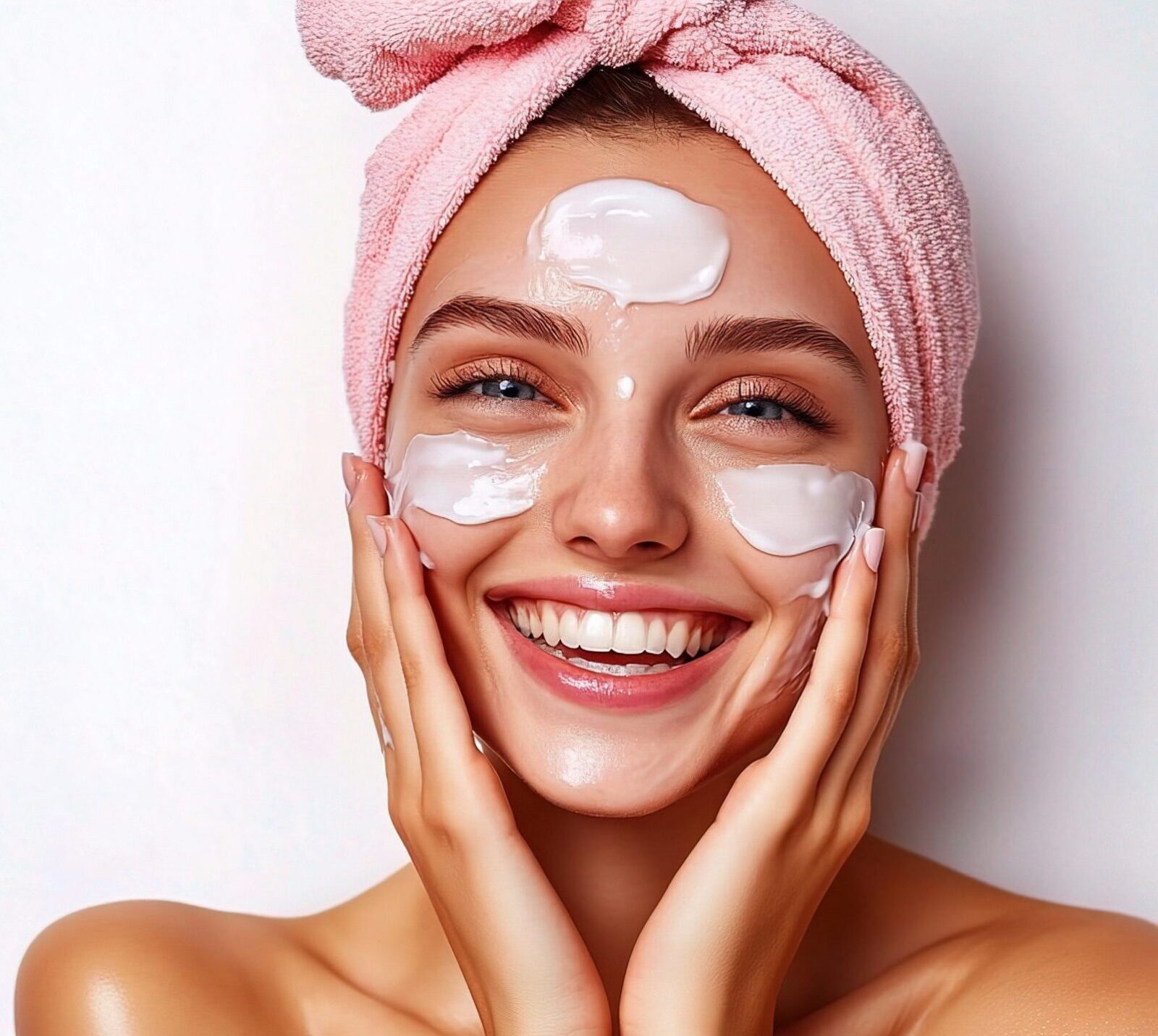At Grand Ingredients, we specialize in supplying next-generation actives designed for clean, high-performance cosmetic formulations. One of our flagship offerings is plant-based PDRN—a regenerative DNA molecule optimized for skin renewal, post-procedure care, and barrier recovery.
What Sets Our PDRN Apart
Unlike traditional PDRN sourced from salmon, our ingredient is vegan, non-animal, and biocompatible—making it suitable for sensitive, ethical, and regulatory-compliant skincare formulations.
- Botanical DNA Complex (non-salmon origin)
- Clinically supported for regeneration and inflammation control
- Encapsulation- and emulsion-compatible
- Stable between pH 4.5–7.5
Functional Benefits for Skin
Our PDRN delivers results across a range of skin concerns:
- Activates fibroblast proliferation and collagen synthesis
- Reduces inflammatory cytokines (IL-6, TNF-α)
- Enhances skin elasticity and hydration
- Speeds up recovery post-peel, microneedling, or laser
- Strengthens the epidermal barrier in stressed or aging skin
Ideal Formulation Uses
Grand Ingredients’ PDRN can be incorporated into:
- Post-procedure serums
- Soothing ampoules
- Anti-aging emulsions
- Barrier-repair masks
- Microbiome-friendly treatments
Why Chemists Choose Grand Ingredients
We provide more than ingredients—we offer:
- Technical formulation support
- Verified analytical specs and molecular weight (50–300 bp)
- Responsive customer service for sample requests
- Global distribution with regulatory documentation
Whether you’re developing a performance-driven cosmeceutical or expanding a clean beauty line, our vegan PDRN delivers on efficacy, ethics, and flexibility.


















